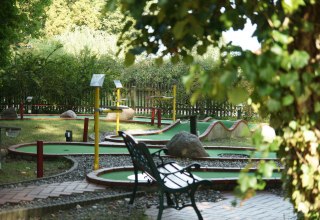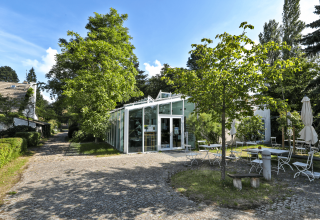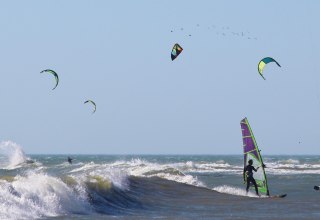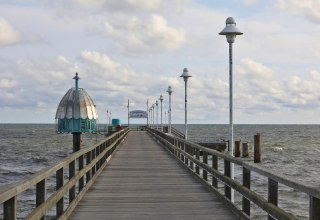The museum Rungehaus is the birth house of the painter and romantic artist Philipp Otto Runge (1777-1810). Alongside Caspar David Friedrich, he is regarded as one of the most important painters and graphic artists of the German Romantic period.
The pictures of Philipp August Runge are exhibited in the Hamburger Kunsthalle, and his life is documented in his birth house in Wolgast. In addition to his paintings, Runge made significant contributions to the three-dimensional colour theory, he designed playing cards and wrote down the first fairy tales in Germany. The most famous fairy tale - "The Fisherman and his Wife” - became part of the collection of the Brothers Grimm.
Route of North German Romanticism: Rungehaus Wolgast – Runge´s place of birth
The ninth of eleven children, Philipp Otto Runge was born in 1777 in Kronwiekstraße 45, today’s Rungehaus. In 1799, following a commercial apprenticeship in Hamburg, Runge decided to study art in Copenhagen. Runge created numerous seminal works of German Romanticism in his short life. He died of consumption in 1810. The drawing cycle ‘The Times of the Day’ – a new take on the cycle of nature – became his artistic breakthrough.























